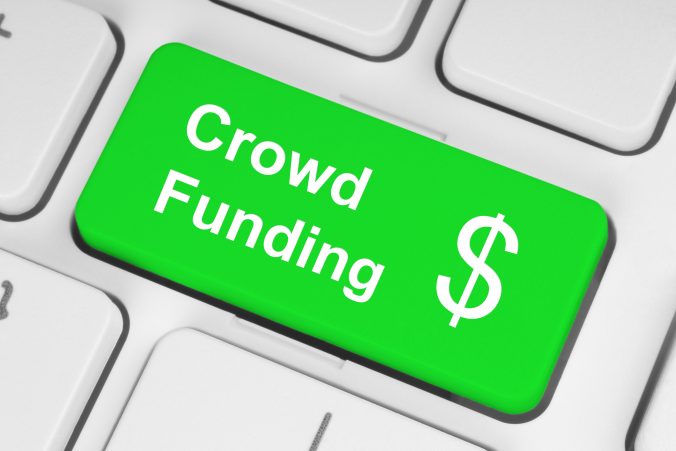We are excited to announce Coconut, a system and application solution that provides users with real name registration for the platform while enhancing the privacy. As privacy and regulation become increasingly important within the digital asset sector, Bitmain has developed a centralized identity authentication process that meets both regulatory requirements while fully protecting user privacy by separating the real-name authentication responsibility from business partner/platform.
On the other hand, we also understand that a fundamental value of blockchain is used to keep a user’s identity and their transaction history private and separated. While we strongly believe in this value, new regulations are requiring practitioners to identify business participants. Bitmain is launching Coconut to satisfy these new regulations and allow organizations to conduct business legally and compliantly.
Although there are numerous identity authentication schemes in the industry, most of these schemes focus on the use of blockchain to store and verify users’ identity information, or they attempt to carry out authentication in an absolute decentralized manner, which, considering today’s reality, seems to be part of a cryptopian future. The failure of the existing schemes to address the issues today has prevented them from being adopted widely. Coconut aims to use technical means to solve the problems in the service layer instead of the network layer.
Once users are identified by organizations, they are given an Intel® Enhanced Privacy ID (EPID) private signing key which cryptographically proves they are a valid member of a group without revealing their “real name” identity. The real-name authentication organization (“KYC service provider”) can use the Intel EPID public group key to verify a user’s identity without revealing personally identifiable information (PII data). In other words, with Coconut, users’ identities are kept private and their Intel EPID credentials allow various organizations to easily, quickly and conveniently verify a user’s authenticity. As an added protection, when the user’s Intel EPID private key is lost or copied, the valid signatures corresponding to the Intel EPID certificate can be revoked and added to the blacklist. It effectively reduces the risk of fraudulent identity.
In a conversation with Lorie Wigle, Intel VP Software and Services Group-General Manager, Platform Security Product Management, she expressed that “AI, analytics, and blockchain technologies are delivering new insights and business models from user data. However, GDPR and other privacy initiatives are placing controls on the use of personal data that could limit the impact of these breakthrough technologies. Intel EPID was created as an open technology and ISO standard to solve the intersection of managing identity at scale while offering anonymity for users and devices. Bitmain’s implementation of Intel EPID unleashes the true potential of blockchain technologies by improving privacy as a barrier to adoption.”
Being the interactive hub of user activity, aKYC service provider and business platform performs the role of an issuer of Intel EPID identities. Coconut plays crucial roles, and there are multiple business models it fits in. Coconut can be an identity authentication app that provides an Intel EPID identity service to external business platforms. Or for big corporate groups it can be used as an authentication system for risk management. After one-time real name authentication in the system, the user can participate in all businesses under the group. For institutions with high social credit, such as banks, in addition to internal use, their Coconut systems can be used externally as well.
We believe this advanced solution will enable both individuals and organizations to freely participate in blockchain and cryptocurrency technologies, despite new regulations surfacing within the industry. We believe that Coconut is the best scheme to balance anonymity and regulation. Besides, it can be implemented easily with consistent technical standards and it can be used extensively because of a strong feasibility.
We have shared Coconut development documentation at Github, you can find it here: https://github.com/coconut201812/coconut
---------------------Liked this article? Share it with others:
Follow Us for Latest News & Articles:









 Reuben Yap is a strong online privacy advocate and cryptocurrency enthusiast and is the co-founder of
Reuben Yap is a strong online privacy advocate and cryptocurrency enthusiast and is the co-founder of 